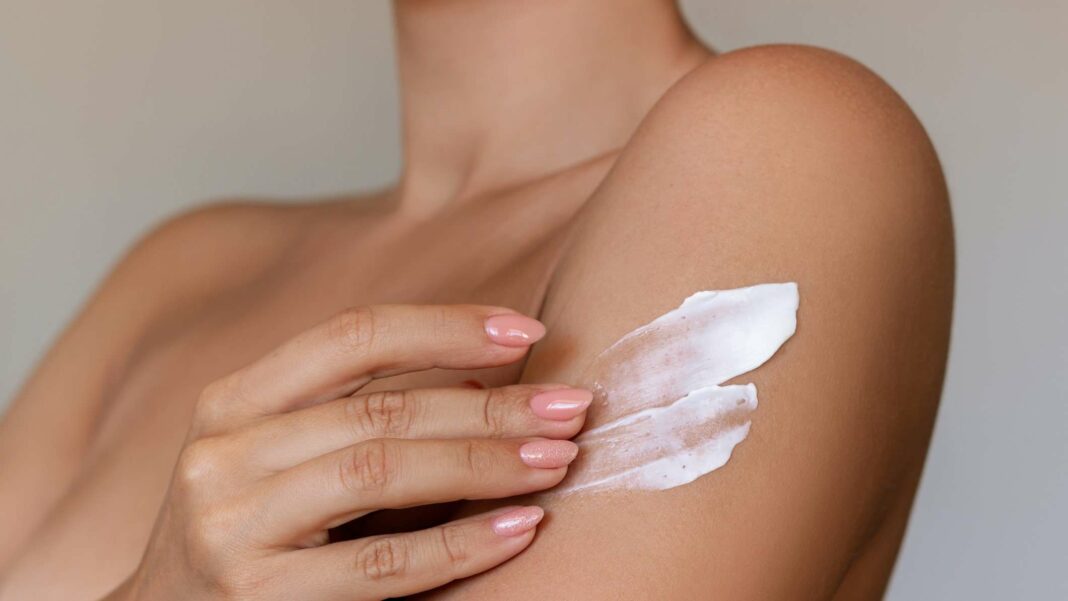Recent evaluations of body lotions by ÖKO-TEST reveal that higher prices do not equate to better quality. Among 44 lotions assessed, all certified natural products received favorable ratings, while several conventional brands were criticized for harmful ingredients. Surprisingly, many affordable lotions outperformed pricier ones. Notable brands like Garnier and Nivea were among the underperformers, with concerns over plastic compounds and mineral oils. The testing process included thorough analyses for harmful substances and environmental safety.
Insights from the Latest Body Lotion Tests
ÖKO-TEST frequently evaluates body lotions, and their latest findings reaffirm that higher prices do not guarantee superior quality. In the December 2024 edition, a total of 44 body lotions were scrutinized, including 16 certified natural cosmetics.
Remarkably, all tested certified natural cosmetics achieved ‘very good’ or ‘good’ ratings. Conversely, several conventional options fell short, revealing concerns such as harmful fragrance components, mineral oils, and plastic substances in their formulations. It is advisable to reconsider the use of these products on your skin.
Not only can these pricey items pose risks to your health, but they also have detrimental effects on the environment. The substances present in these lotions can accumulate in human fat, potentially harming liver function and increasing the likelihood of allergies.
Exciting News: Affordable All-Stars
Surprisingly, budget-friendly options often outperform their expensive counterparts. In the recent body lotion evaluation, an impressive 25 creams received ‘very good’ ratings, with many being attractively priced.
Among the top-rated certified natural cosmetics are several noteworthy products.
Additionally, the category of conventional winners features several commendable options.
For a comprehensive analysis including a list of winners and losers, you can access the detailed report for a fee.
Grade 6: Concerning Ingredients in Popular Brands
Out of 28 conventional creams evaluated, 12 achieved ‘very good’ ratings, while another four were rated ‘good’ and one received a ‘satisfactory’ score. Unfortunately, seven creams were marked ‘sufficient’ due to questionable ingredients.
Four creams failed the test, with one lotion rated ‘poor’ (grade 5) and three receiving a grade of 6 (‘insufficient’). Notably, several well-known brands, including Garnier/L’Oréal, Biotherm, Rituals, and Beiersdorf (Nivea), were among the underperformers.
The findings indicate that these products contained plastic compounds as well as MOAH, PEG/PEG derivatives, silicones, and/or synthetic polymers.
Mineral oils emerged as significant contaminants within the human body. The European Food Safety Authority (EFSA) has labeled ‘aromatic mineral oils’ (MOAH) as potentially carcinogenic and genotoxic, emphasizing that such substances should be absent from food and cosmetics, even in trace amounts. Contamination can stem from machinery used during harvesting and processing, as well as packaging made from recycled materials, which may transfer mineral oils from printing inks.
Understanding ÖKO-TEST’s Evaluation Process
A laboratory meticulously analyzed the creams for various fragrance components, including polycyclic and nitro musk compounds, along with cashmeran. Tests were also conducted for formaldehyde/release agents and diethyl phthalate, with no negative results reported.
If paraffins or similar substances were included in the ingredients, the lotions underwent scrutiny for aromatic mineral oil hydrocarbons (MOAH). When hectorite was listed, tests for heavy metals and other elements were performed, yielding no significant findings. The presence of cyclopentasiloxanes prompted additional testing for cyclosiloxanes (D4-D9), which returned satisfactory results. Furthermore, if chlorphenesin or chlorhexidine gluconate appeared in the ingredient list, these were also evaluated through laboratory analyses.
Environmental safety was assessed in plastic packaging for harmful PVC/PVCD/chlorinated compounds, with no positive results found. The assessment included a review of whether products contained PEG/PEG derivatives or synthetic polymers. Manufacturers were queried about the amount of recycled material in the packaging, with requests for proof when necessary. Lastly, environmental claims on the packaging were scrutinized for adequate supporting information.
